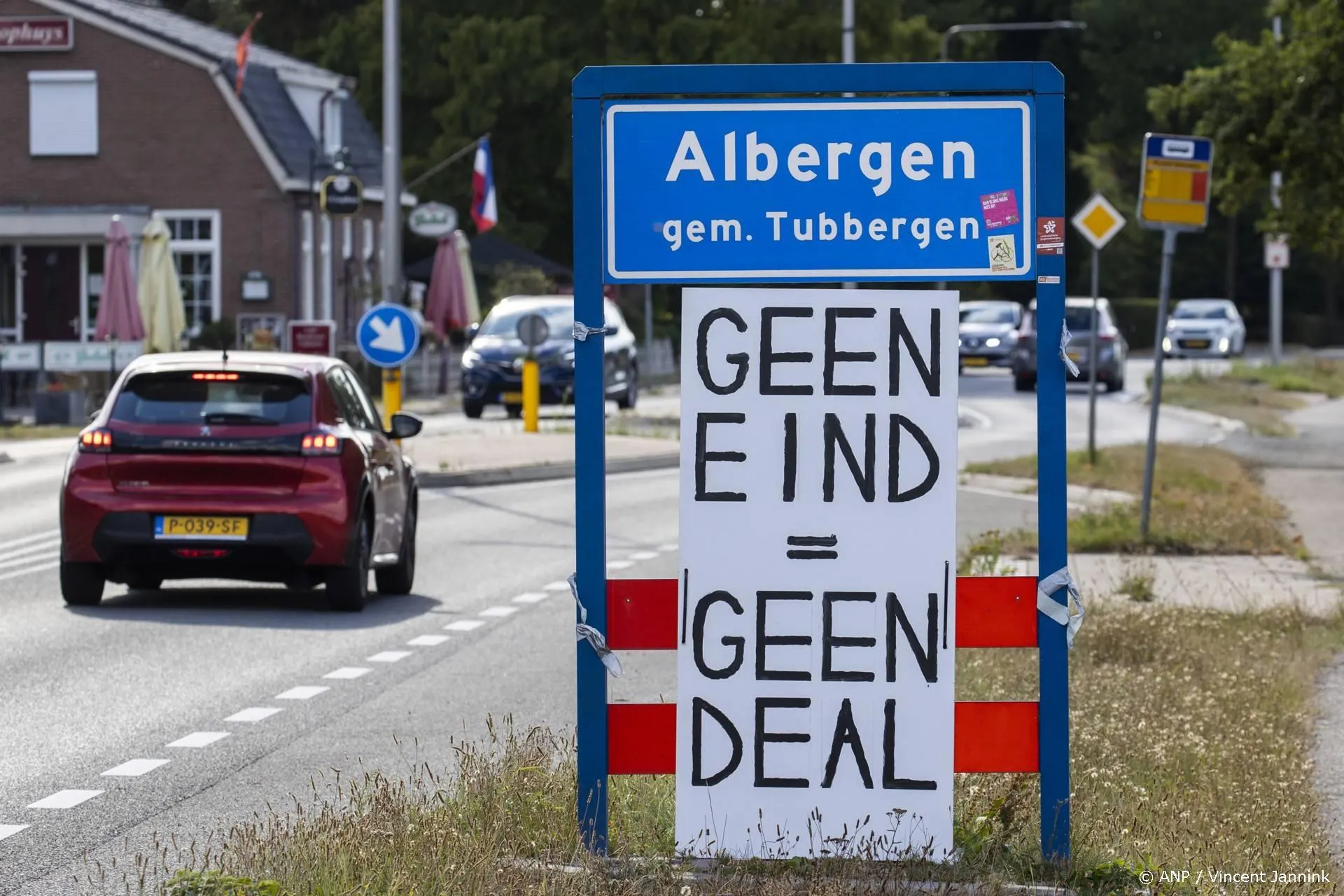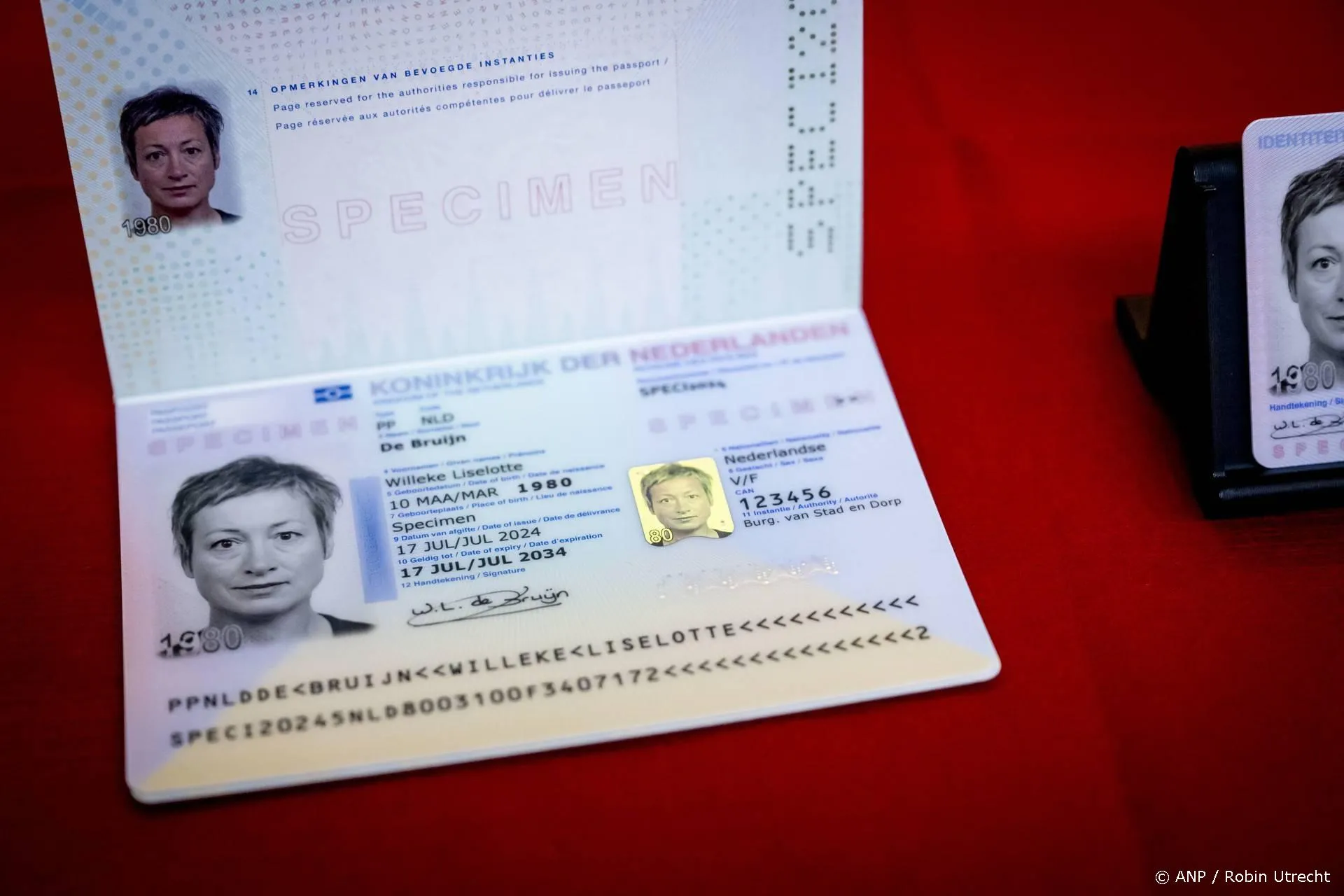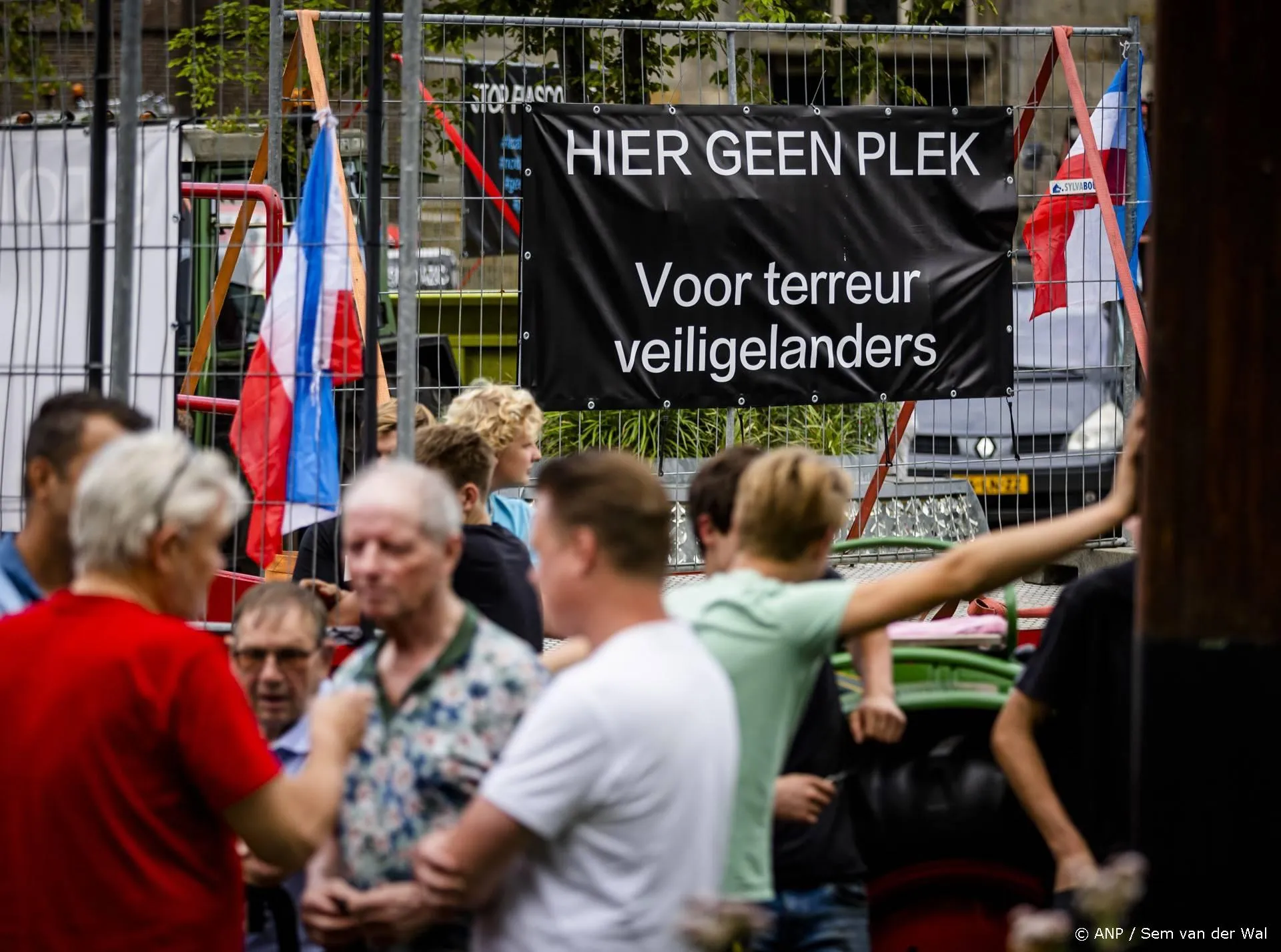Wat het VN-klimaatpanel voor beleidsmakers verborgen hield
Manipulatie van informatie gaat maar door. Een vernietigend commentaar van Peter Lilley.
Tijdens een recente bijeenkomst van de 'Commons Energy and Climate Change Committee' bekritiseerde Peter Lilley (Tory) de samenvatting voor beleidsmakers van het vijfde assessment rapport van het VN-klimaatpanel (IPCC).
Uiteraard kan een samenvatting geen recht doen aan de rijkdom aan informatie en nuances van de onderliggende rapporten. Maar het IPCC geeft in de samenvattting van beleidsmakers steeds weer een alarmistische draai aan het basismateriaal. In het bijzonder ontbraken de volgende thema's: de opwarmings'pauze' ofwel hiatus, het feit dat geen enkel model de opwarmings'pauze' heeft voorspeld (beter: geprojecteerd), de lagere schattingen voor de klimaatgevoeligheid (het effect van een verdubbeling van de CO2concentratie in de atmosfeer op de temperatuur) en de verlaging van de schattingen van de invloed van aerosolen.
Ik pik een aantal elementen uit Lilley's betoog.
My criticisms are about the summary for policy makers, which is far less balanced than the report it purports to summarise. The summary is essentially a document of advocacy, and it achieves its objective of influencing policy makers, as its title indicates, by the selective use of facts and the omission of quite a lot of the stuff in the main report, including some of the most significant changes, which are simply not drawn to the attention of policy makers. I am not the first to criticise the IPCC process. .
Following the discovery of inaccuracies, use of grey data and so on in AR4, the fourth assessment report, which forecast that all the glaciers in the Himalayas would melt in 35 years rather than 350 years, the InterAcademy Councilthe council of all the main scientific academies in the world, including our Royal Society, the US scientific bodies and so oncarried out an investigation of how the IPCC worked. The IAC was critical, particularly of authors who
reported high confidence in statements for which there is little evidence.
It is not just fellow sceptics and I saying it; all the scientific academies of the world, which by and large have signed up under some political pressure to rather unscientific statements about global warming, have considered the IPCC report and concluded that some scientists, although not all, tend to report high confidence in statements for which there is little evidence. The IAC therefore recommends:
Quantitative probabilities (as in the likelihood scale) should be used to describe the probability of well-defined outcomes only when there is sufficient evidence. Authors should indicate the basis for assigning a probability to an outcome or event (e.g., based on measurement, expert judgment, and/or model runs).
Noot HL: Mij zijn geen objectieve wetenschappelijke methoden bekend om de waarschijnlijkheid van toekomstige klimatologische ontwikkelingen te bepalen. Men zal dan moeten terugvallen op de Delphimethode of iets soortgelijks, die zoals de naam al aangeeft, niet erg wetenschappelijk is.
No such basis for assigning enhanced probability was given when the most recent IPCC report came out. Its headline conclusion was that the evidence for human influence has grown since the fourth assessment report, and it went on to attach increased likelihoodcategorised on the scale as extremely likely, rather than the previous very likelyto the possibility that human influence has been the dominant cause of the warming observed since the mid-20th century. That was the overall headline assessment to which the IPCC wanted policy makers to respond. However, it is hard to back up that conclusion from the substance of that report. ...
Since the last report, the earths surface temperature has not warmed further; indeed, it has not warmed during the entire period of the IPCCs existence, since 1997 or 1998. There has been a hiatus in warming, yet during that period since 1997, one third of all the carbon dioxide ever emitted by mankind has been pumped into the atmosphere. We have had 17 years to test the effect of a third of all the CO2 we have ever emitted, and there has been no increase in temperature. That does not mean that the global warming thesis is dead or wrongI believe in itbut it does mean that it is not the dominant factor. It means that during that period, other factors were masking any warming due to the increase in CO2. ...
A number of other, quite important factors have simply been omitted from the summary for policy makers. Although the IPCC says that there is increased certainty, it does not tell us, except obliquely in a footnote, that for the first time, the authors of the IPCC report are unable to agree on a best estimate of how sensitive the climate is to increases in CO2. In previous reports, they have always been able to agree a best estimate, but this time, there has been so much disagreement among them that they have been unable to reach one. .
Nor does the summary mention that in the body of the report, the IPCCs medium-term forecast for temperature increases to 2035 is below that given by the climate models. In other words, the experts used their judgment to say that in their opinion, the climate models are wrong. They came up with a forecast below the models, and they explain that the reason is that the models have been overheating. Their forecasts have not conformed to the facts. I would have liked to have that pointed out to me in the summary for policy makers, but it was not. I would also have liked some explanation why, after 2035, the IPCC assumes that the models will be right and will no longer overheat. If they have overheated in the past and are expected to overheat until 2035, why are they expected to be right thereafter? ...
According to one of our witnesses, the most significant fact in the whole AR5 was the new evidence about the impact of aerosols. We now have evidence from satellite observations that provides more certain estimates of the prevalence of aerosols in the atmosphere and their impact and suggests that they produce less cooling than was previously assumed. However, there was not time to use that information to rerun the modelsometimes the models take months to runso none of the models take into account the latest information on aerosols. Had they done so, they would have produced an even higher forecast for future warming, because the future warming forecast involves the warming created by CO2 less the cooling created by aerosols. If there is less cooling by aerosols, the forecasts would be higherthat is, more wrongin the past, and probably even more wrong in future. ...
Nor was the fact that most recent empirically based studies of the sensitivity of the climate to CO2 have come out with lower figures. Indeed, since the report came out, a study of all the estimates of the sensitivity of climate over time has been madein the form of a chartand it shows that the estimates are progressively coming down. In other words, the likely feedbacks must be less and less, as estimates become more accurate and indeed the period with no warming extends. Again, I would have liked to know that in the SPM, rather than it being hidden away in a 1,000-page report, which by definition the policy makers are not expected to read. ...
All I am saying is that these things should be drawn to the attention of policy makers. Policy makers should not be treated as children; they should not be fed a line; they should not be given a document that purports to be a scientific document, but is actually an act of advocacy, achieving its end by selective use of facts and omission of a lot of the evidence that the experts who produced it took a great deal of time and a thousand pages to assemble. Sadly, that is why the report from our Committee sounded more like cheerleading than holding to account a body that must be held to the highest standards, and not excused if it happens to agree with our own opinions.
Aldus Peter Lilley (samen met zijn Labourcollega Graham Stringer nog steeds roependen in de woestijn) in een vernietigend commentaar.
Lees verder hier.
Voor mijn eerdere DDSbijdragen zie hier.
Ga verder met lezen
Dit vind je misschien ook leuk
Laat mensen jouw mening weten
Lees ook
Loading


